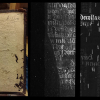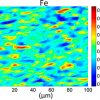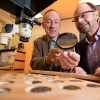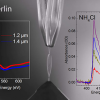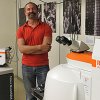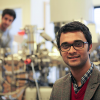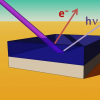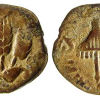X-ray Spectrometry News
Researchers from Leiden and Delft are using Macro X-ray Fluorescence Spectrometry (MA-XRF) to read remains of medieval manuscripts hidden inside the bindings which had been “recycled” after the Middle Ages.
An international group of scientists from Poland, Austria and the UK have used X-ray fluorescence (XRF) spectroscopy at the UK’s Diamond Light Source to advance our understanding of the changes taking place during the progression of brain cancer. This research may lead the way to a new tumour assessment method which could complement traditional approaches.
Applied Rigaku Technologies has appointed Koehler Instrument Company as global distributor for the petroleum industry.
The combination of X-ray structure analysis, infrared spectroscopy and computer simulations has been used to study the switch proteins Ran and Ras with subatomic resolution.
A team of researchers from Macquarie University, Sydney, Australia, have used a high-power, transportable XRF spectrometer to analyse artefacts from ancient Greece.
A major advance in solution-phase soft X-ray spectroscopy has been achieved utilising a new liquid flatjet system, paving the way for novel steady-state and time-resolved experiments.
UCLA, USA, are combining Raman microscopy with scanning electron microscopy (SEM) to study archaeological textiles and fibres.
Synchrotron X-ray imaging of rocks is heping to save papers of the past.
X-ray spectroscopy at BESSY II reveals inhomogenous distribution of chlorine in a special class of perovskite materials, which could help enhance efficiencies of perovskite thin film solar cells by controlled processing to optimise the chlorine distribution.
Elemental and isotope analysis of the metals in ancient artefacts such as the prutah shown here sometimes can pinpoint the places where the metal was mined. This can be combined with historical sources to determine when the coin was likely struck. Archaeologists can use the evidence to identify or narrow date ranges of historical significance.

